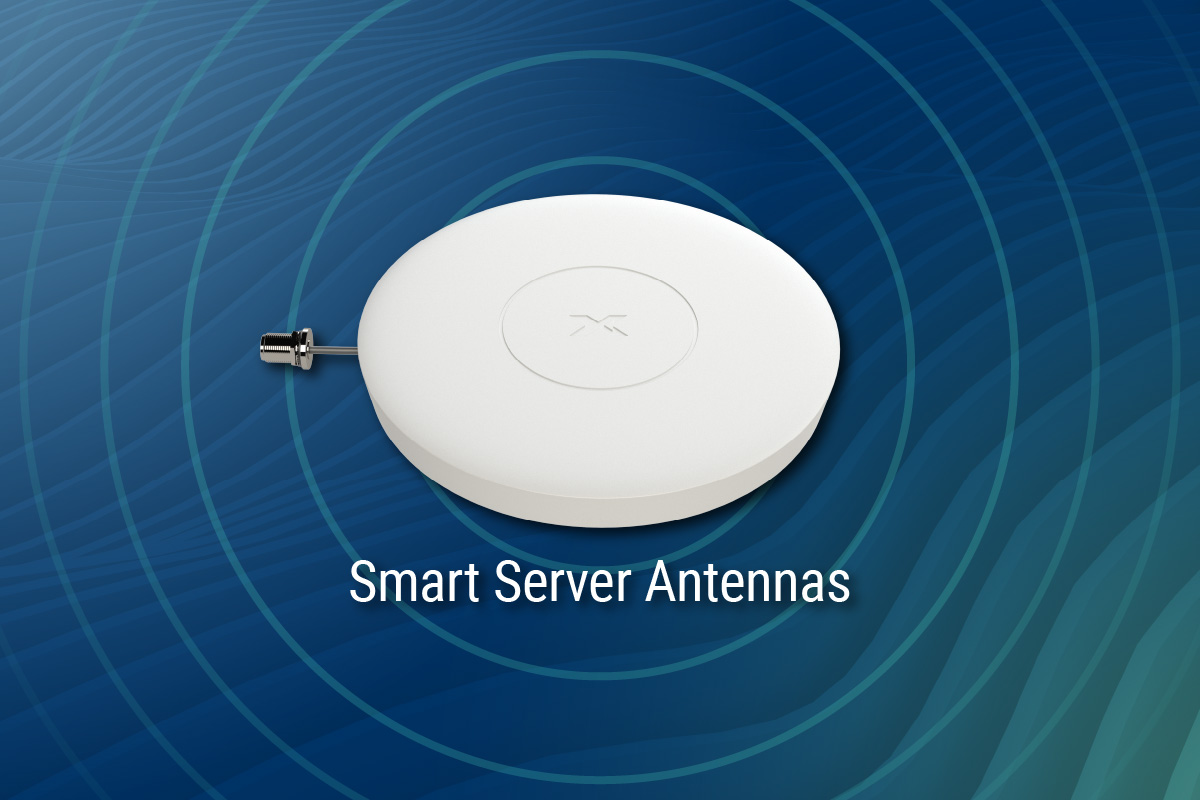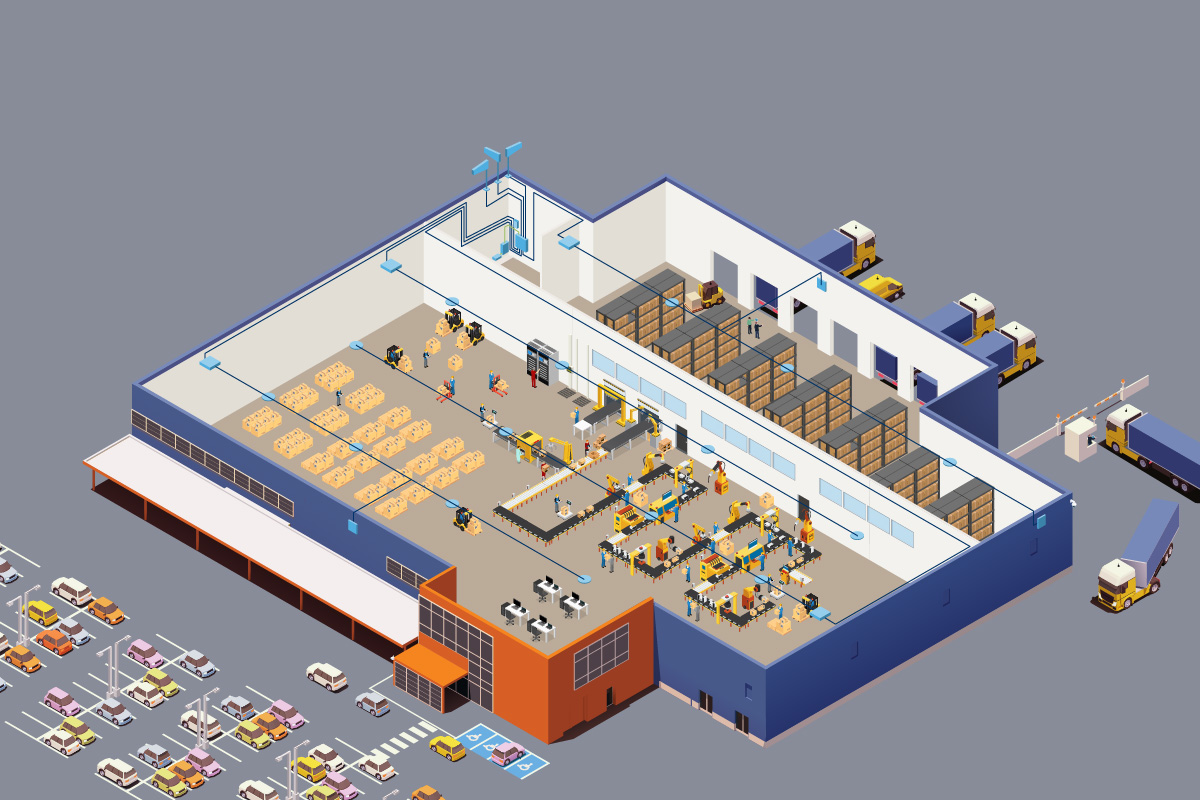First responders can experience communications problems when onsite at an emergency. Breakdowns in communications can result in loss of property and life. Technology innovation is vital when it comes to ERCES public safety equipment that can resolve these communication problems.
Challenges with Legacy ERCES Public Safety Solutions: High Site Communication
Legacy public safety equipment typically uses wideband bi-directional antennas to send and receive signals broadcasting from the high site. The “high site” is the remote Land-Mobile Radio (LMR) network tower. It allows emergency responders to talk with the command post and each other. Wideband antennas pick up any radio spectrum, including bands that do not carry emergency communications. This often results in distorted, muffled, or interrupted communication on the radios emergency responders are using.
Another common problem is incorrect calculations of the transmit power for LMR signals to the high site. If the transmit power is set too low, the signal won’t reach the high site to establish communication. When the transmit power is set too high and the signal reaches the high site with too much power, the high site will protect itself – sometimes by reducing the power. It can take an experienced engineer or technician as long as four to eight hours to calculate power. It’s easy to make a mistake in the equations when calculating trasmit power. Also, environmental conditions can change after the system is installed – necessitating new calculations. A repositioned high site antenna or new construction between the high site and the building may change the equation.
Challenges with Legacy ERCES Public Safety Solutions: In-Building Issues
Several antennas are required to receive and redistribute a radio signal throughout a building. The signals from the donor and server antennas can interfere with each other causing problems like echoing and feedback. To prevent this, the minimum isolation separation required between the signals is 20 dB per code. Calculations need to be done to correctly to manually account for this isolation. Any time there is a change in the environment, that isolation number can change and has to be manually reset. This can happen when somebody opens a door or window and a bit of signal leaks out and hits the donor antenna or when the building is renovated. This takes constant monitoring and requires repeated truck rolls to ensure the system is ready for an emergency.
Due to the normal fluctuations in the environment, signal power inside the building can fluctuate and impact communications. Some ERCES take longer take longer to adjust to the changes and restore clear communication – they are not all equal.
AHJs Require an ERCES System
Authorities Having Jurisdiction (AHJs) or Fire Marshalls typically require the installation of an ERCES (Emergency Responder Communication Enhancement System) before they issue a Certificate of Occupancy (CO). So building owners want the systems installed properly as fast as possible. Unfortunately, slow installs – with some taking months –are common. This might be related to the technology or late-stage delays when coverage levels don’t meet code after tdeployment.
Recent innovations in ERCES public safety equipment address these issues.
ERCES System Innovations
Intelligent, automated setting of the uplink transmit power, and calculation and setting of isolation and downlink gain are now available in ERCES public safety solutions such as SHIELD EXTEND. This eliminates the time it takes for manual calculations and reduces the potential for human error.
Fast microprocessors in modern ERCES public safety systems are improve performance. There is less than the 1.2 microseconds between frames that LMR radios use to transmit. This makes response instantaneous. One radio keys up and sends a signal, while the second radio keys up and sends a signal nearly simultaneously. Both radios transmit with the correct amount of attenuation or gain automatically reaching the high site with the correct power. This guarantees that the communication channel will be available when needed.
Grid test functionality that generates a full signal report impacts can speed up the time it takes to obtain a Certificate of Occupancy (CoO). This data has traditionally only been available to integrators with expensive equipment, or when the AHJ does a walk-through test. If the system doesn’t pass the walk-through test, the AHJ will have to return for a retest. This can delay the CoO and add cost. With built-in grid test functionality, integrators can ensure the system is performing to code before the live walk-through test.
Built-in end-to-end remote monitoring and management is another essential feature of leading ERCES public safety systems. This supports customized real-time monitoring of the high site-to-server antenna. It sends notifications to help ensure the system is operating properly – without a truck roll.
To better advise building owners of the best solutions, System Integrators should be aware of innovative ERCES Public Safety systems.




